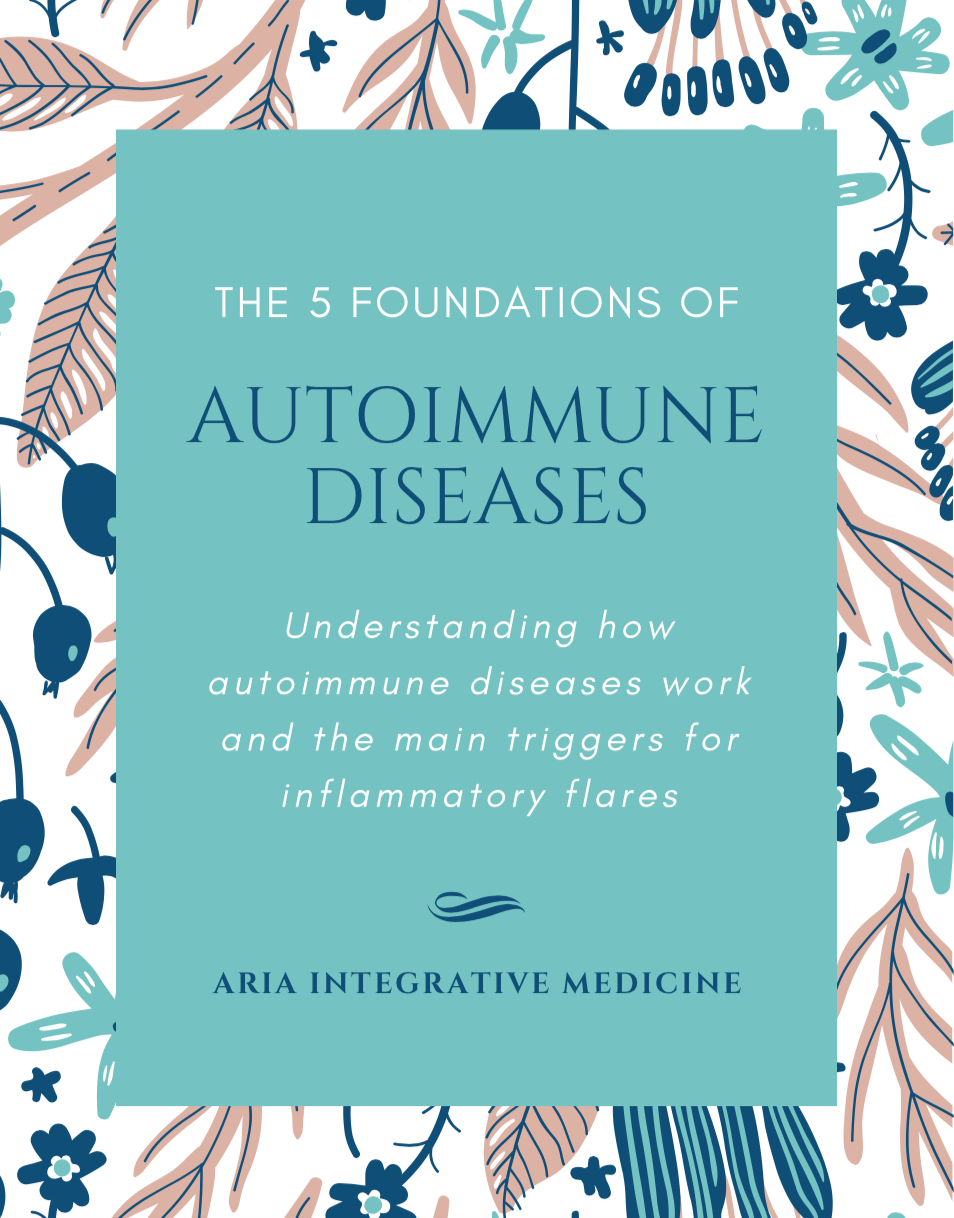Breathing and the Nervous System

We often take our breath for granted, rarely acknowledging the intricate dance between our respiratory system and the nervous system. Beyond supplying our body with oxygen, our breath also plays a crucial role in modulating the function of our nervous system. The connection between breathing and the nervous system can shed light on our mood and overall well-being.
The Autonomic Nervous System: A Brief Overview
The autonomic nervous system (ANS) is a complex network of nerves that controls various involuntary bodily functions, allowing our body to maintain homeostasis and adapt to different situations. It consists of two branches: the sympathetic nervous system (SNS) and the parasympathetic nervous system (PNS). These two branches work together to regulate numerous physiological processes, ensuring the proper functioning of our organs and systems.
Sympathetic Nervous System (SNS)
The SNS is often referred to as the “fight-or-flight” response system. It prepares the body for action in stressful or threatening situations, activating a cascade of physiological responses. When the SNS is activated, it triggers the release of stress hormones such as adrenaline and noradrenaline, which increase heart rate, blood pressure, and respiration rate. It also diverts blood flow away from non-essential organs, such as the digestive system, and redirects it to the muscles to enhance physical performance and readiness for action.
The SNS plays a vital role in survival instincts, enabling us to respond rapidly to perceived threats or emergencies. However, chronic activation of the SNS due to ongoing stress can have negative effects on our health, including increased risk of cardiovascular disease, immune dysfunction, and mental health disorders.
Parasympathetic Nervous System (PNS)
The PNS acts as the counterpart to the SNS, promoting relaxation, restoration, and digestion. It is often referred to as the “rest-and-digest” or “feed-and-breed” system. When the body is in a state of relaxation, the PNS helps conserve energy and promotes the maintenance and repair of tissues.
Activation of the PNS is associated with reduced heart rate, lowered blood pressure, and enhanced digestion. It also stimulates the release of digestive enzymes and promotes nutrient absorption. Additionally, the PNS promotes relaxation of smooth muscles, which aids in various bodily functions such as urination and bowel movements.
A balanced interplay between the SNS and PNS is crucial for maintaining optimal physiological function. The ANS constantly assesses the internal and external environment, determining whether the body needs to be in a state of heightened arousal or relaxation.
The Respiratory Rhythm and ANS Balance
The respiratory rhythm, driven by our brainstem, influences the balance between the SNS and PNS. Breathing patterns have a direct impact on the activation of the ANS branches. Slow, deep breathing tends to activate the PNS, promoting a state of calmness and relaxation. On the other hand, rapid and shallow breathing tends to activate the SNS, leading to increased arousal and heightened stress response.
Studies have shown that deliberate modulation of breathing patterns can influence the balance of the ANS and promote relaxation. Techniques such as diaphragmatic breathing, which involves deep abdominal breathing, have been found to activate the PNS and induce a state of calm. By consciously controlling our breath, we can regulate the activity of the ANS, promoting a balanced physiological response.
Understanding the delicate relationship between our breath and the autonomic nervous system allows us to harness the power of our breath for improved well-being. By incorporating simple breathing exercises into our daily routines, we can positively influence the balance of the sympathetic and parasympathetic branches, leading to enhanced relaxation, stress reduction, and overall nervous system health.
Breathing and the Brain: Oxygenation and Neurotransmitters
The brain is a highly oxygen-dependent organ, and the quality of our breath affects its oxygenation levels. Insufficient oxygen supply to the brain can lead to cognitive impairment, fatigue, and mood disturbances. Controlled deep breathing techniques, such as pranayama, can increase oxygen saturation in the brain, leading to enhanced cognitive function.
Additionally, breathing exercises have been found to influence the production and release of various neurotransmitters in the brain. For instance, slow, deep breathing has been associated with increased production of gamma-aminobutyric acid (GABA), a neurotransmitter known for its calming effects. This can contribute to reduced anxiety and stress levels.
Breathing Techniques for Nervous System Regulation
Understanding the impact of breathing on the nervous system opens up a range of techniques that we can incorporate into our daily routines for optimal well-being.
Here are a few simple breathing exercises you can try:
- Diaphragmatic Breathing: Lie down comfortably and place one hand on your abdomen. Breathe in deeply through your nose, allowing your abdomen to rise, and exhale slowly through your mouth, feeling your abdomen fall. Repeat for a few minutes to promote relaxation.
- Box Breathing: Inhale slowly for a count of four, hold your breath for a count of four, exhale for a count of four, and then hold your breath for a count of four again. Repeat this pattern several times, focusing on the rhythmic nature of your breath.
- Alternate Nostril Breathing: Close your right nostril with your right thumb and inhale through your left nostril. Then, close your left nostril with your pinky finger, release your right nostril, and exhale through the right side. Continue this alternate breathing pattern for a few minutes to enhance balance.
Breathing, often underestimated in its significance, plays a profound role in regulating our nervous system. By incorporating conscious breathing exercises into our daily lives, we can enhance our well-being, promote relaxation, and maintain a healthy balance between the sympathetic and parasympathetic branches of the autonomic nervous system. So, take a moment, breathe deeply, and let the power of your breath guide you towards a calmer and more harmonious state of being.

